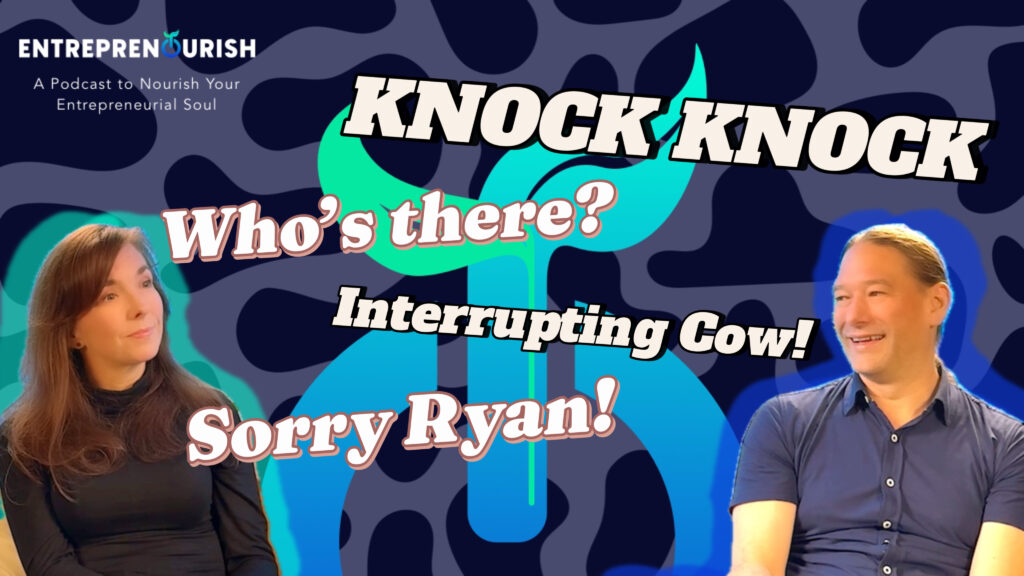No Code? No Problem. How AI Is Empowering a New Generation of Entrepreneurs
There was a time when launching a tech company meant one of two things: learning to code, or finding someone who already could. For years, the gate to innovation was guarded by lines of syntax and expensive dev teams. But that gate? It’s wide open now. Artificial Intelligence is breaking down barriers for entrepreneurs—especially those without technical backgrounds. What once required deep programming knowledge can now be done with clicks, prompts, and AI-powered intuition. Whether it’s automating operations, building digital experiences, or analyzing critical business data, AI is democratizing innovation. At BOSS.Tech, we’re championing tools that level the playing field for small and medium-sized businesses (SMBs). Because innovation shouldn’t require a CS degree—it should require a great idea, a clear mission, and a platform that lets you move fast. Let’s explore how AI is rewriting the rules of entrepreneurship. 1. The End of the “Tech Founder Must Code” Era Entrepreneurs used to have two options: code their ideas into reality or spend thousands building a dev team before launching. Either way, it meant high upfront costs, long timelines, and complex development cycles. AI has changed that. With natural language tools like ChatGPT, entrepreneurs can create product descriptions, landing pages, and even basic app logic using prompts, not programming. AI-powered design assistants help you build interfaces, while workflow tools can automate entire customer journeys. You bring the vision. AI helps bring it to life—no code required. 2. Smart Automation Is the New Superpower If time is money, then automation is compound interest. AI now enables entrepreneurs to delegate repetitive tasks—automatically. Think appointment scheduling, data entry, customer follow-ups, even email sorting. That time saved doesn’t just reduce overhead—it frees you to focus on high-leverage, strategic work. BOSS.Tech uses AI to help automate internal processes, reduce duplicated efforts, and route communications intelligently—so your team moves faster and your margin for error shrinks. Efficiency isn’t just a goal anymore. It’s built in. 3. Data Access Without the Data Scientist Data is the lifeblood of smart decisions—but interpreting it used to mean hiring analysts, writing SQL queries, and staring at spreadsheets. Today? AI reads between the rows for you. With the right tools, entrepreneurs can gain insight into customer behavior, sales trends, and operational gaps in plain English. You ask a question; the AI gives you an answer—instantly. At BOSS.Tech, we unify your customer, financial, and operational data in one centralized dashboard. Our AI helps surface insights and patterns in real time—so you don’t miss opportunities or overlook inefficiencies. You shouldn’t need a PhD to know what’s working. 4. Custom Experiences Without Custom Development Today’s customers expect personalized experiences. But delivering that level of customization used to mean building everything from scratch—and maintaining it constantly. AI now makes personalization scalable, even for the smallest teams. Want to create targeted email campaigns? Build an intelligent chatbot? Generate landing pages tailored to customer behavior? You can do it all with AI-powered tools—no dev team necessary. BOSS.Tech integrates these capabilities into one SuperApp, giving SMBs access to enterprise-grade customer experiences without enterprise budgets. Great customer experiences shouldn’t be exclusive to big companies. 5. From Idea to Execution—Faster Than Ever Entrepreneurs thrive on speed—getting to market quickly, testing fast, and adapting on the fly. AI accelerates that timeline dramatically. From generating MVPs to launching automated marketing flows, the time from spark to ship has never been shorter. You can go from “idea” to “in-market” without waiting months—or even weeks. With BOSS.Tech, you’re not just moving faster—you’re making smarter moves from day one. Everything from onboarding to data integration happens in one platform. Less time stitching tools together. More time building your business. 6. Leveling the Playing Field for SMBs AI has become the great equalizer. It gives small and mid-sized businesses a way to compete with giants—offering the same tools and insights, scaled for leaner teams. Big companies may have more capital. But SMBs have agility. And with AI, that agility becomes an advantage. At BOSS.Tech, we’re building the kind of platform that empowers entrepreneurs with the tools to punch above their weight class. We believe in access, acceleration, and autonomy—regardless of your technical background. The Future Belongs to the Bold (Not Just the Technical) Entrepreneurship is no longer about how well you code. It’s about how clearly you see the problem, how well you connect with your customers—and how fast you can execute. Artificial Intelligence is the new business partner for bold thinkers. And with BOSS.Tech, you don’t just get access to that power—you get a system that puts it all to work, simply and beautifully. 👉Get in touch with us and start building your business on your terms—with tools made for modern entrepreneurs – support@boss.tech
No Code? No Problem. How AI Is Empowering a New Generation of Entrepreneurs Read More »












